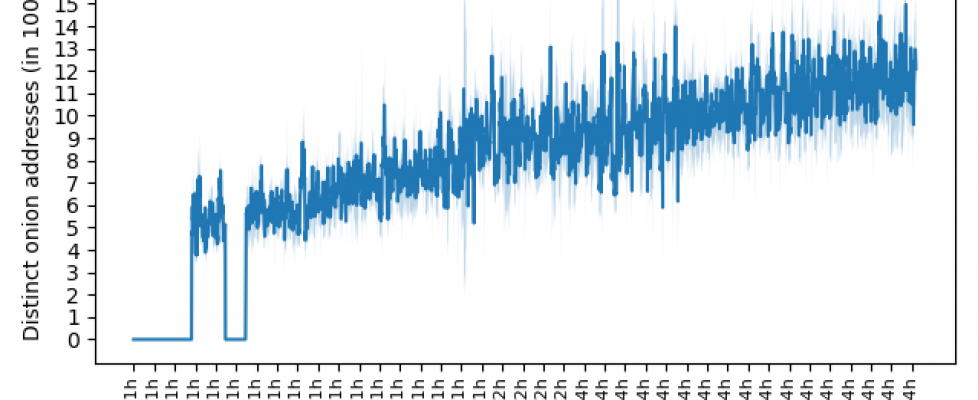In 2022, v2 domains in the Tor network are supposed to become extinct
v2 domains in the Tor network are becoming obsolete. The number of v3 domains is growing steadily and users appreciate their enhanced security.
In the last two years, the anonymity standards of the Tor network have changed dramatically. The goal of the updates was to improve the looks and functionality of .onion domains.
The Updates Calendar
Years ago, the Tor team announced that they were planning to enhance the network’s privacy, security and the potential to withstand deanonymization attacks. When they began the works, it took them around 14 months to finalize the process:
- September 2020 – v0.4.4 of the Tor anonymity software saw light. It informed server operators of the fact that v2 addresses would become obsolete.
- July 2020 – Tor v0.4.6 was released. New v2 onion domains could not be registered anymore.
- October 2021 – Stable versions were released for all Tor branches. None of them supported v2 sites.
- November 2021 – Tor Browser 11 was released. It failed to support v2 domains.
v2 addresses offered 16-character-long .onion domains. Their v3 counterparts feature 56-character-long domains. And that’s the main essence of the updates.
How Many v2 Sites Remain Accessible?
Tor’s team announced their plans well in advance, so both website owners and users had enough time to prepare. However, the network still largely relies on v2 addresses.
DarkOwl, a darknet monitoring organization, has shared the following insightful figures:
- In total, there were approximately 104,100 active .onion services
- 38% of them belonged to the v3 segment
- 62% remain in the v2 category
These statistics were obtained through the DarkOwl’s Vision platform.
In July 2021, DarkOwl reported a dramatic increase in the number of new v3 domains. In the last 14 days of that month, almost 3,000 v3 domains appeared in the network. The most obvious reason for that trend was the fullscreen warning, created in preparation for the Tor browser’s v11 update in the fall. Anyone who tried to access a v2 domain would see it.
Since then, the number of v3 addresses in the network keeps growing and the number of their v2 counterparts keeps decreasing.
The Current Situation
Now, website owners can’t register new v2 domains. Users fail to visit v2 domains through the newest version of the Tor browser. But those who keep an older version of the browser should still be able to load a v2 domain.
At the moment of this text being written, v3 sites account for less than one-half of all the domains of the Tor network. But in 2022, v2 domains are expected to become extinct. In a few months, most Tor node operators will be required to update their servers to versions that fail to support v2 domains.



